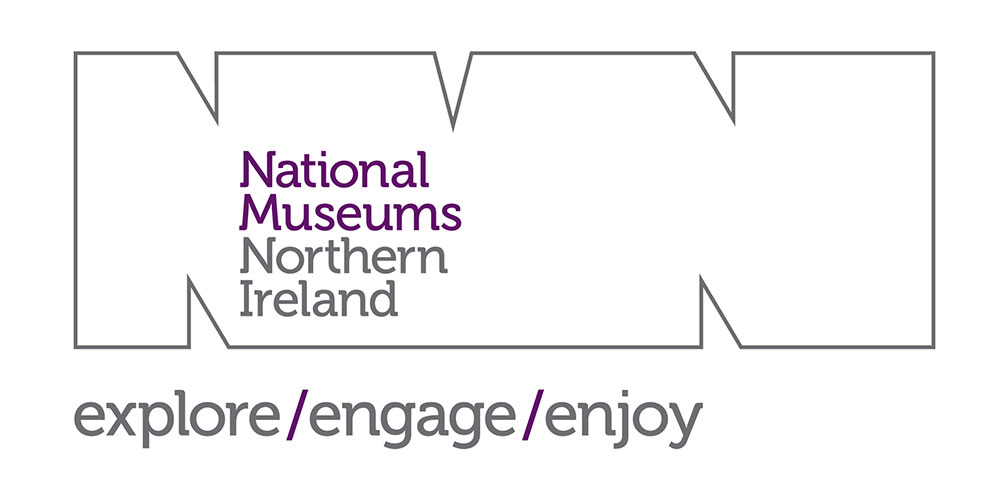Dialect Mixture in Ulster-Scots Urban Speech*
Robert J. Gregg
Because of the uneven spread of linguistic changes in Great Britain throughout some fifteen centuries, present-day dialect boundaries over there tend to be somewhat fuzzy. On the other hand, in my survey of Ulster dialects some fifteen years ago I found it relatively easy to establish clear-cut boundaries by concentrating on the polarized contrasts arising from the widely divergent phonological history of the two main types of English, one modelled mainly on southwest Scottish, and the other on north and west midland English dialects.
During my survey, however, it was impossible to ignore the fact that dialect speakers in the Ulster-Scots areas (with which I was mainly concerned) were for the most part bilingual, the younger ones almost entirely so. Further, their 'other language' was essentially the same as the educated speech of the small towns that have grown up in the midst of the solidly Ulster-Scots regions.
This similarity is not surprising. The present forms of US urban speech would suggest that its origins can be traced to the need felt by the rural dialect speaker to modify his speech in the direction of the standard language so that he would be intelligible to strangers unfamiliar with his dialect, and more especially when he left the country for good in order to settle in the town. In the past, however, his target was not the standard language as spoken in England but rather the more accessible Ulster Hiberno-English which he assumed to be standard, even adopting occasionally forms which he failed to recognize as midland dialect.
As far as phonology is concerned, the rural US speaker simply retained his dialectal vowels and consonants, discarding redundant items, and relocated these elements to produce the nearest approximation to standard that he could manage. He dropped his extremely open vowel in bit [bæ̈t], for example, in favour of his vowel in boot [bϊt], which is much closer to the standard pronunciation [bιt]. He deleted the voiceless velar fricative in words like bought [bɔ:xt], leaving [bɔ:t]. He eliminated the 'dentality' feature affecting [t, d, n, l] in the neighbourhood of [r]. But above all, he had to learn the entirely different incidence of his new nine-vowel system, a task comparable to the learning of a new language, as no reliable rules could be acquired for converting the rural to the urban forms.(1) There were, of course, small sets of lexical items where regularity could be counted on, but mostly the changes were unpredictable.
The most interesting examples of dialect mixture arise in the case of lexical borrowings that have to be made for the sake of intelligibility, especially H-E forms with the diphthong [əi] where the rural US rules would require [ae]. Thus rural US [di:] die is replaced by H-E [dəi] rather than [dae], [hix] high becomes [həi], [ɛ:ɹn] iron becomes [ə́iəɹn], etc. This process actually sets up minimal contrasts such as [dəi] die vs. [dae] dye, a feature probably unique in any type of standard English.
Notes
(1) Trudgill, Peter, The Social Differentiation of English in Norwich (London, 1974), 135; Trudgill, Peter, 'Phonological Rules and the Sociolinguistic Variation in Norwich English' in Bailey, C.-J. N. and Shuy, R. W. (eds.) New Ways of Analyzing Variation in English (Washington, 1973).
* Originally published in Northern Ireland Speech and Language Forum 2 (1976).

